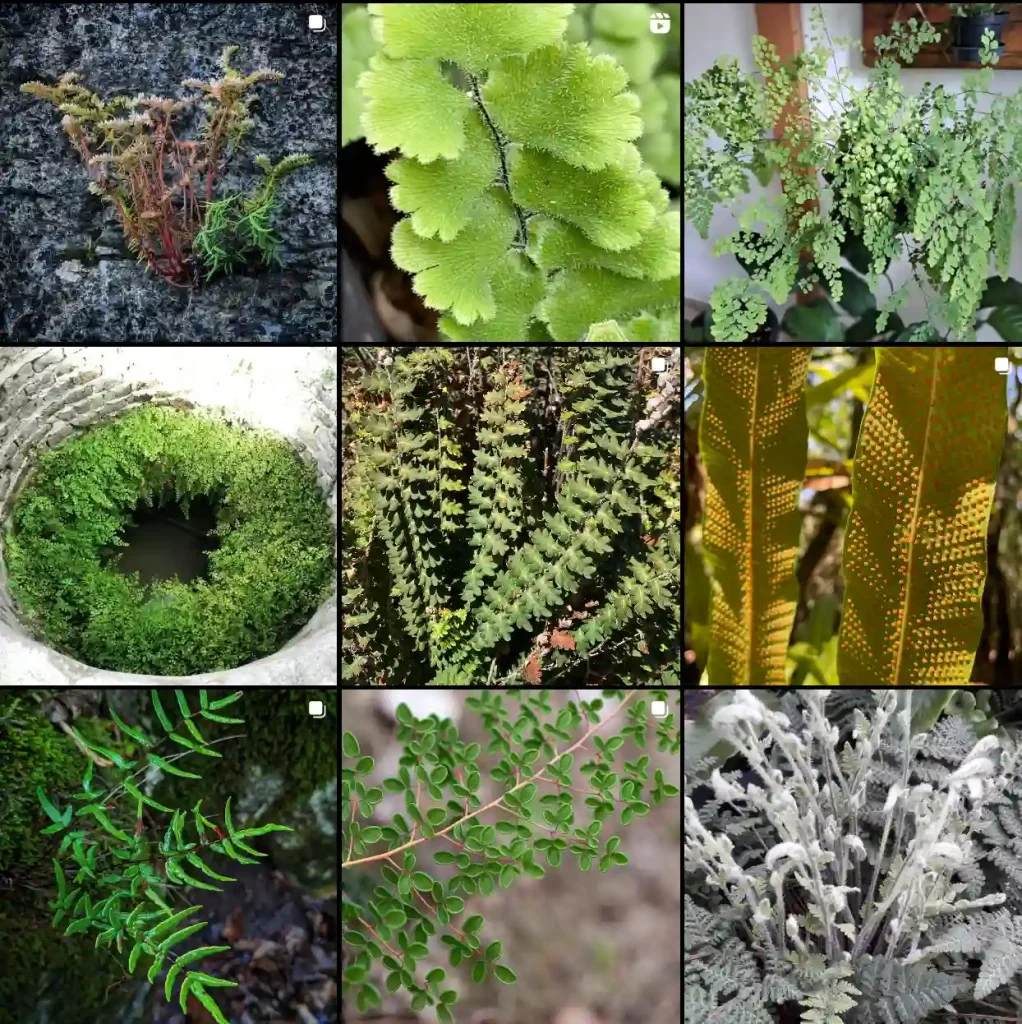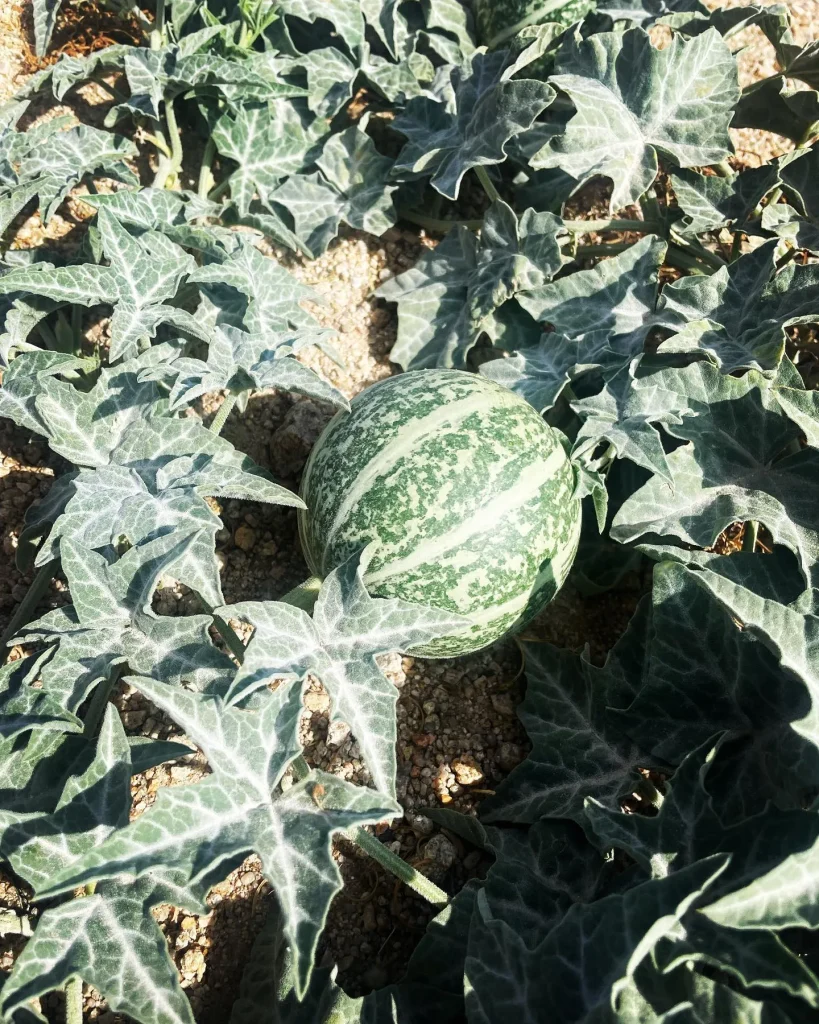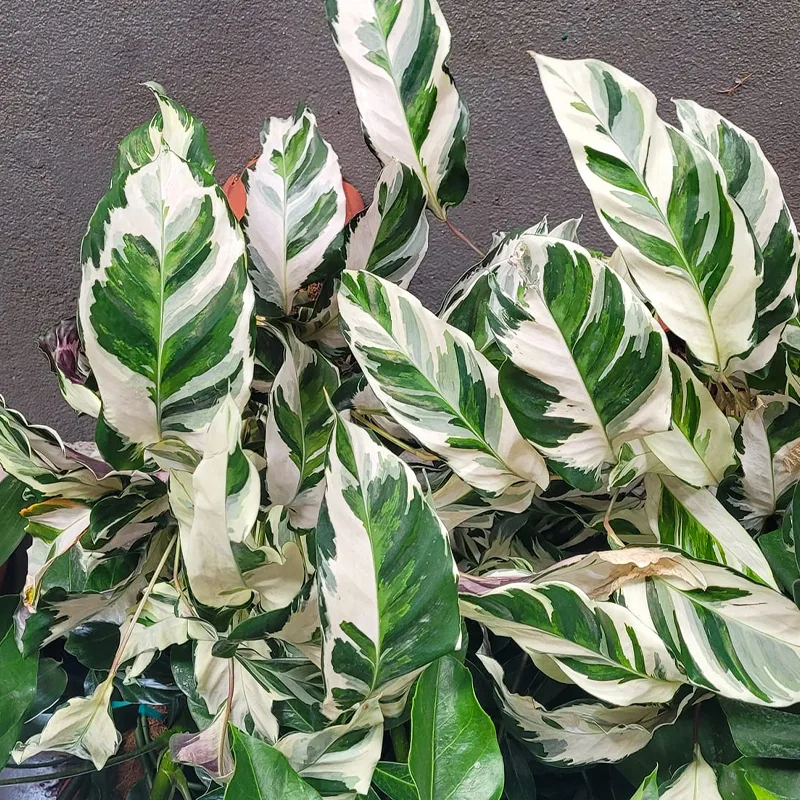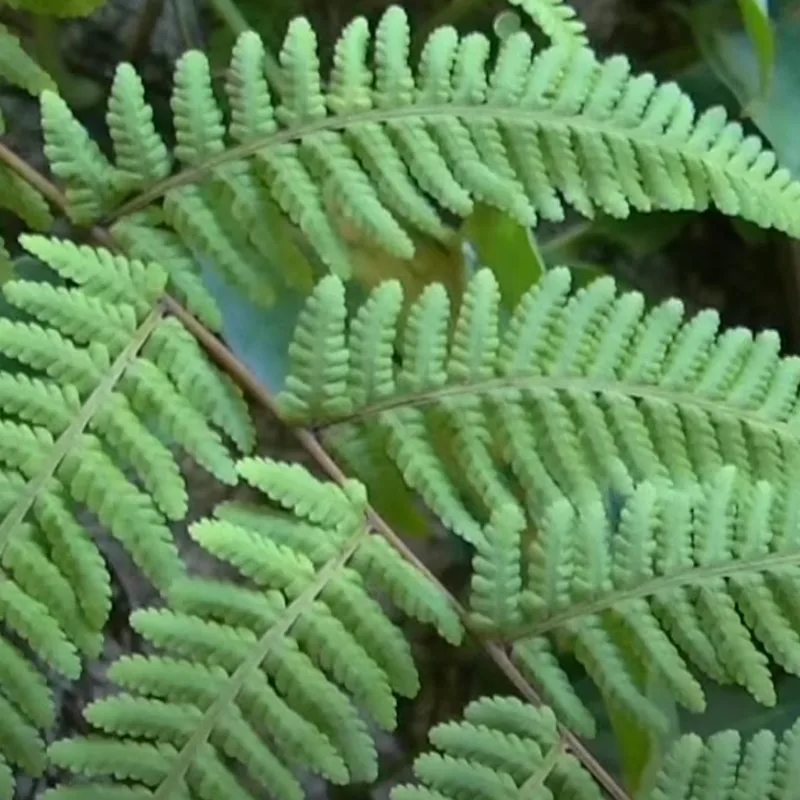The Allure of the Half Moon Monstera: A Plant Enthusiast’s Guide
As a lover of all things botanical, I’ve been utterly captivated by the Half Moon Monstera. This stunning variation of the Monstera family boasts a mesmerizing characteristic – one half of its foliage boasts a vibrant green, while the other half displays a breathtaking white variegation. It’s a true conversation starter in any plant haven, and for good reason. But beyond its beauty, there are many questions that swirl around this coveted plant.
In this guide, I’ll delve into the world of the Half Moon Monstera, addressing the most frequent inquiries to equip you with the knowledge to cultivate this botanical marvel.
67 Species in Genus Monstera
What is a Half Moon Monstera?
The Half Moon Monstera, also known as the Monstera Albo Half Moon, Half Moon Variegated Monstera, Monstera Half Moon Deliciosa, Monstera Deliciosa Albo Half Moon (phew, that’s a mouthful!), is a special type of Monsteras with a unique variegation pattern. Unlike its solid green counterparts, this variety boasts a dramatic split down the center of its leaves. One half showcases the classic Monstera green, while the other half displays a stunning white variegation, resembling a perfect half moon – hence the name.
Here’s the catch: true Half Moon Monsteras, where each leaf consistently displays this perfect split, are incredibly rare. More commonly, these plants will produce a mix of half-moon leaves alongside entirely green or entirely white variegated leaves. Don’t be discouraged though, even a single half-moon leaf adds a touch of magic to your Monstera collection!
Monstera Albo vs. Half Moon Monstera: It’s important to distinguish between a Monstera Albo and a Half Moon Monstera. While both are variegated Monsteras, the Half Moon specifically refers to the unique split-leaf pattern. A Monstera Albo can have various variegation patterns, including patches, speckles, or sectors of white, but not necessarily the distinct half-and-half division.
Monstera Aurea Half Moon: While the Half Moon Monstera typically boasts a white variegation on one half of the leaf, the Monstera Aurea Half Moon offers a unique twist. This rare variation showcases a stunning half-moon pattern of bright yellow variegation, mimicking the classic Monstera Aurea’s coloration but with the captivating split-leaf characteristic. Just like its white counterpart, true Monstera Aurea Half Moons are uncommon, but even a single splash of yellow adds a touch of sunshine to this already mesmerizing plant.
Monstera Adansonii Half Moon: The Half Moon Monstera can also manifest in the Monstera Adansonii variety, known for its smaller, deeply lobed leaves. This creates a stunning contrast – imagine the classic Swiss cheese perforation of the Adansonii, but with one half boasting a vibrant green and the other a crisp white, replicating the captivating half-moon pattern on a smaller scale. While not as common as its larger Deliciosa cousin, the Half Moon Monstera Adansonii is a prized possession for collectors seeking a unique and compact variegated Monstera.
Monstera Thai Constellation Half Moon: The Monstera Thai Constellation Half Moon, though not a distinct species itself, is a particularly sought-after variation within the Monstera Thai Constellation family. This special plant boasts the mesmerizing half-and-half variegation alongside the characteristic fenestrations (splits) that develop on mature Thai Constellation leaves. While not all Thai Constellations will exhibit this perfect split, the potential for this stunning pattern adds another layer of intrigue to this already captivating houseplant.
Compare with Philodendron White Variegated
While Philodendrons like Philodendron White Knight, Philodendron White Wizard, and Philodendron White Princess can exhibit variegation, achieving a true “Half Moon” pattern (clean, even split of green and white) is uncommon. Here’s why:
- Growth Pattern: Unlike Monsteras which unfurl from a single point, Philodendrons unfurl from a central stem with multiple growth points. This means variegation tends to be more random, appearing in patches, streaks, or even consuming an entire leaf.
- Variegation Instability: Variegation in Philodendrons, especially the white varieties, can be unstable. New leaves might emerge entirely green, entirely white, or with a different variegation pattern compared to previous leaves.
However, there’s a chance! Here’s what you can look for:
- Sectoral Variegation: Sometimes, Philodendrons like White Knight can exhibit sectoral variegation, where a large portion of the leaf shows white alongside the green. This might resemble a half-moon if the white section occupies a significant half of the leaf.
- Sport Mutation: Rarely, a Philodendron might experience a “sport” mutation, where a single branch produces leaves with a distinct variegation pattern, including a possible half-moon split. However, this is unpredictable and cannot be guaranteed.
Here’s the takeaway:
While a true Half Moon Philodendron is rare, these white-variegated varieties offer stunning beauty with their unique variegation patterns. Enjoy the unpredictable nature of their growth and appreciate the unique foliage each leaf unfolds!
Can you grow a Half Moon Monstera from Seed?
Unfortunately, propagating a Half Moon Monstera from seed isn’t feasible. Variegation isn’t a genetic trait that reliably passes through seeds. Your best bet for acquiring a Half Moon Monstera is to purchase a mature plant or a cutting from a reputable seller.
How to Care for Your Half Moon Monstera?
While the Half Moon Monstera is a stunner, it does require some specific care to thrive. Here are some key tips:
- Light: These beauties prefer bright, indirect light. Avoid harsh, direct sunlight which can scorch the leaves.
- Watering: Water your Half Moon Monstera when the top inch of soil feels dry to the touch. Overwatering is a real threat, so ensure good drainage.
- Humidity: Monsteras love humidity, so consider using a humidifier or placing your plant on a pebble tray filled with water.
- Soil: A well-draining potting mix is crucial. Aroid mix or a combination of potting soil, perlite, and orchid bark works well.
- Fertilizer: During the growing season (spring and summer), a diluted fertilizer for foliage plants can be applied once a month.
- Support: As your Half Moon Monstera grows, it will appreciate a moss pole or other support structure to climb on.
How to Propagate a Half Moon Monstera?
Propagating a Half Moon Monstera is a great way to expand your collection or share this beauty with friends. The most common method is through stem cuttings:
- Choose a healthy stem with at least one node (the bump where a leaf meets the stem). Ideally, aim for a node with some aerial roots for a faster start.
- Make a clean cut just below the node.
- Plant the cutting in a well-draining potting mix, ensuring the node is buried.
- Maintain consistent moisture and provide indirect light. Be patient, as root development can take several weeks.
Important Note: Propagating a Half Moon Monstera cutting doesn’t guarantee that the new plant will inherit the coveted half-moon variegation. The new growth might be entirely green, entirely white, or a mix of both. But even without the perfect split, a propagated Monstera is still a rewarding addition to your plant family!
What to Plant with Your Half Moon Monstera?
The Half Moon Monstera’s unique beauty can be further accentuated by pairing it with complementary plants. Here are some ideas:
- Philodendron: The heart-shaped leaves of a Philodendron create a visually pleasing contrast with the split foliage of the Half Moon Monstera.
- ZZ Plant: This low-maintenance succulent adds a touch of texture and complements the Monstera’s climbing nature.
- Snake Plant: The upright architectural form of the Snake Plant balances the cascading growth of the Half Moon Monstera.
- Calathea: The vibrant foliage patterns of a Calathea create a stunning and colorful display alongside your Half Moon Monstera.
Remember: When grouping plants, consider their light and watering needs to ensure their continued success.
Troubleshooting Common Half Moon Monstera Issues
Even with the best care, your Half Moon Monstera might encounter some challenges. Here’s how to address a few common issues:
- Brown Spots on Leaves: This could be caused by sunburn, overwatering, or lack of humidity. Adjust your light and watering habits, and consider adding a humidifier.
- Yellowing Leaves: This could be a sign of overwatering or nutrient deficiency. Check the soil moisture and adjust your watering schedule. If necessary, provide a diluted fertilizer.
- Lack of Variegation on New Growth: Unfortunately, variegation can be unpredictable. New leaves might not inherit the half-moon pattern. Don’t despair; the existing variegation is still a treasure!
Final Thoughts
The Half Moon Monstera is a captivating addition to any plant collection. With its unique variegation and lush foliage, it’s sure to turn heads. By understanding its specific needs and implementing proper care, you can cultivate this botanical marvel and witness its breathtaking beauty unfold. Remember, even without the perfect half-moon split, every Monstera leaf tells a story, and yours will be one of dedication and love for the plant world.
If i die, water my plants!



